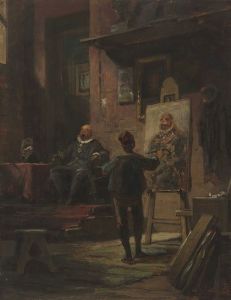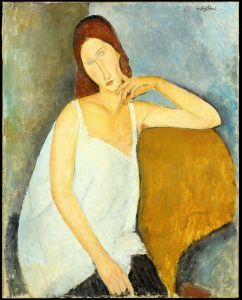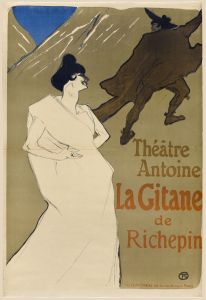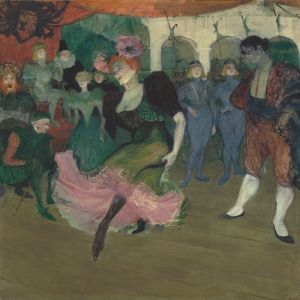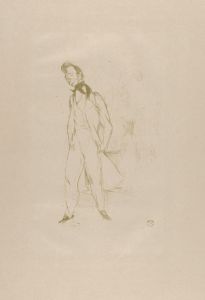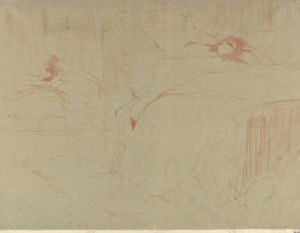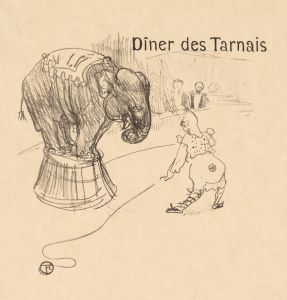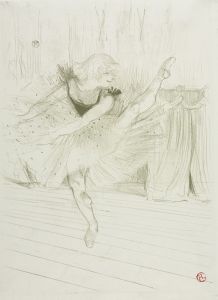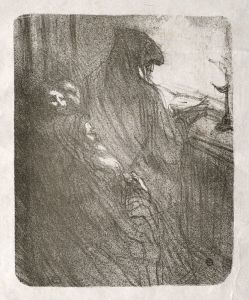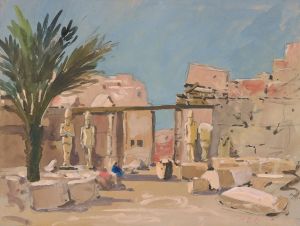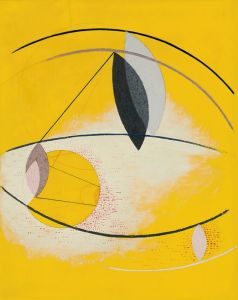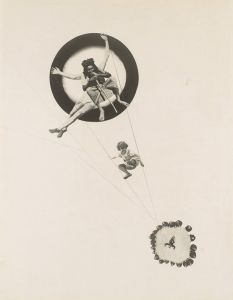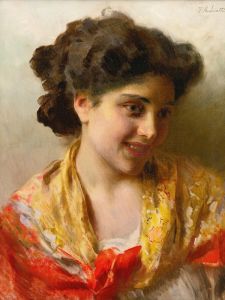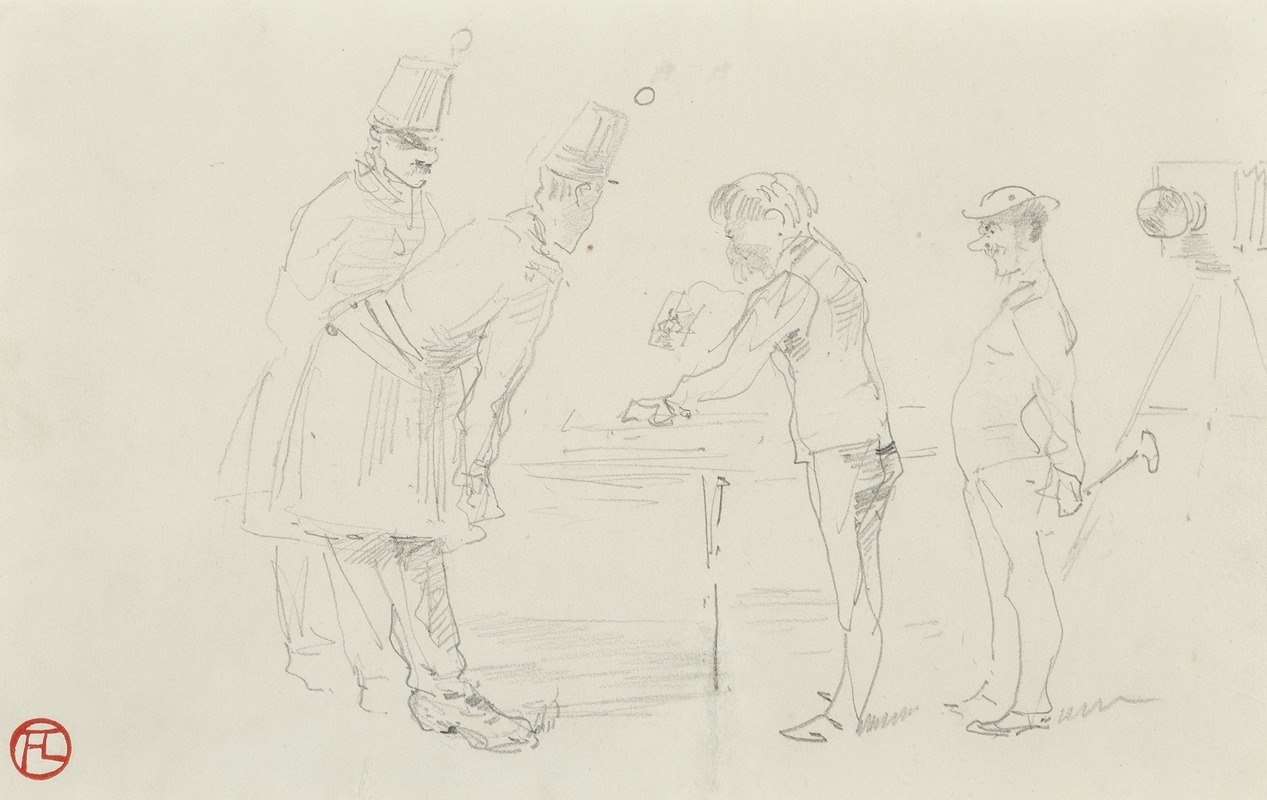
Chez le photographe
A hand-painted replica of Henri de Toulouse-Lautrec’s masterpiece Chez le photographe, meticulously crafted by professional artists to capture the true essence of the original. Each piece is created with museum-quality canvas and rare mineral pigments, carefully painted by experienced artists with delicate brushstrokes and rich, layered colors to perfectly recreate the texture of the original artwork. Unlike machine-printed reproductions, this hand-painted version brings the painting to life, infused with the artist’s emotions and skill in every stroke. Whether for personal collection or home decoration, it instantly elevates the artistic atmosphere of any space.
Henri de Toulouse-Lautrec, a prominent French painter, printmaker, draughtsman, and illustrator, created the painting "Chez le photographe" in 1890. Toulouse-Lautrec is best known for his depictions of the bohemian lifestyle in Paris during the late 19th century, particularly in the Montmartre district. His works often capture the vibrant nightlife, including scenes from cabarets, theaters, and dance halls.
"Chez le photographe" (translated as "At the Photographer's") is an oil on canvas painting that measures approximately 65 cm by 54 cm. The painting is part of Toulouse-Lautrec's exploration of modern life and the emerging culture of photography, which was gaining popularity during this period. The artwork depicts a scene inside a photographer's studio, a setting that was relatively novel at the time due to the recent advancements in photographic technology.
In the painting, Toulouse-Lautrec portrays a group of individuals gathered around a photographer who is preparing to take a photograph. The composition is characterized by its dynamic arrangement and the use of light and shadow to create depth and focus. The figures are dressed in contemporary attire, reflecting the fashion of the late 19th century. The central figure, presumably the photographer, is depicted with a camera, emphasizing the theme of photography.
Toulouse-Lautrec's style in "Chez le photographe" is marked by his distinctive use of bold lines and vibrant colors. His technique often involved applying paint in thin layers, allowing the texture of the canvas to show through, which adds a sense of immediacy and liveliness to the scene. The artist's keen observation of human behavior and his ability to capture the essence of his subjects are evident in this work.
The painting also reflects Toulouse-Lautrec's interest in the interplay between traditional art forms and modern technology. By choosing to depict a photographer's studio, he highlights the changing landscape of visual culture and the impact of photography on society. This theme resonates with the broader context of the Belle Époque, a period marked by significant technological advancements and cultural shifts.
"Chez le photographe" is part of the collection of the Musée Toulouse-Lautrec in Albi, France, which houses a comprehensive collection of the artist's works. The museum is located in the Palais de la Berbie, a historic building that was once the residence of the bishops of Albi. The collection offers a comprehensive overview of Toulouse-Lautrec's artistic development and his contributions to the art world.
Henri de Toulouse-Lautrec's legacy as an artist is significant, as he captured the spirit of his time with a unique and innovative approach. His works continue to be celebrated for their artistic merit and their insightful portrayal of the social dynamics of the late 19th century. "Chez le photographe" stands as a testament to his ability to blend traditional artistic techniques with contemporary themes, making it a notable piece in his oeuvre.





